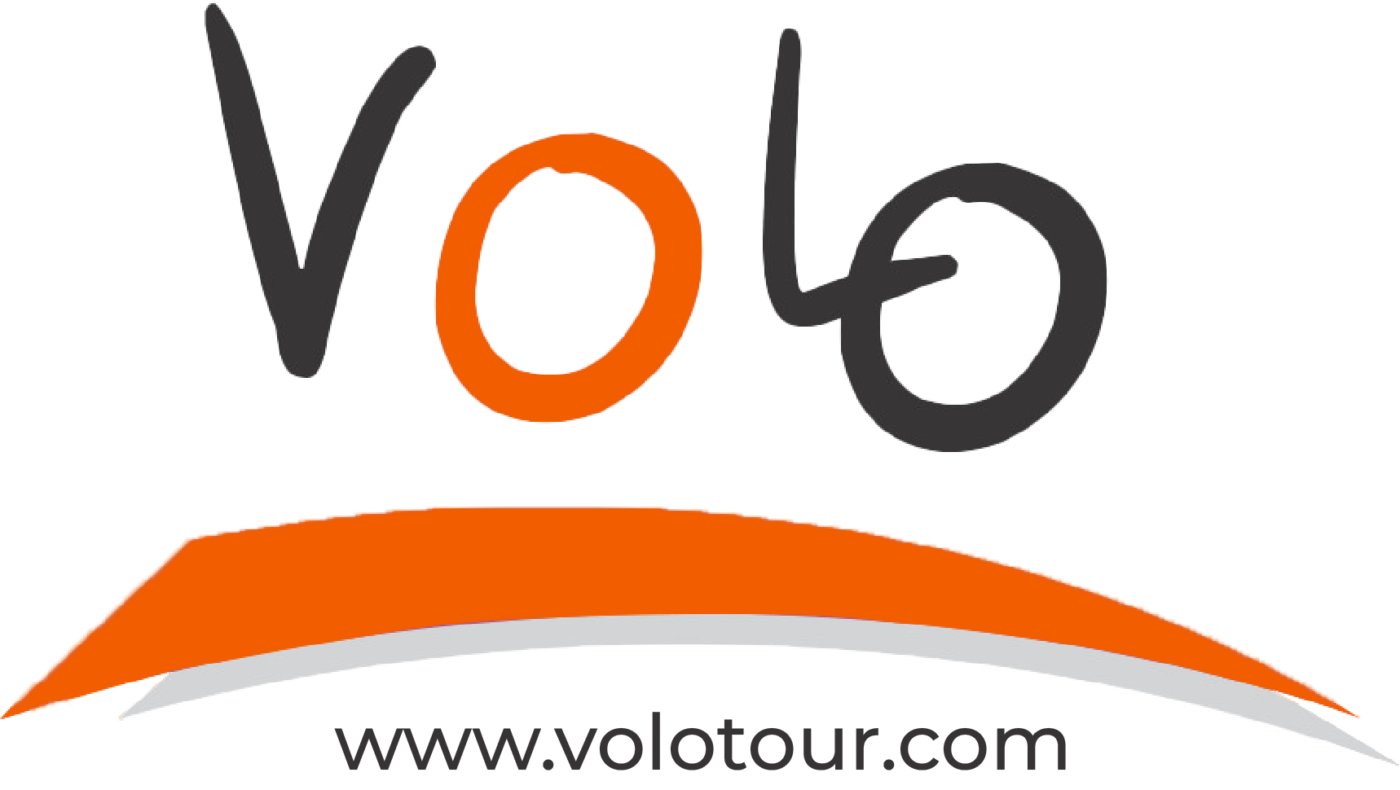The art of Đờn ca Tài tử is a unique traditional music genre from southern Vietnam, developed in the late 19th century and rooted in various forms of folk music, blending with classical music. Here are some detailed insights into Đờn ca Tài tử:
1. Origins and History
Formation History: Đờn ca Tài tử began in the late 19th century, emerging from music performances during celebrations, festivals, and cultural exchanges in the southern region. It quickly became a popular form of entertainment within the community.
Name Meaning: “Tài tử” is commonly understood as talented musicians, reflecting the delicacy and emotion conveyed in each song.
2. Artistic Characteristics
Instruments: Đờn ca Tài tử typically utilizes several characteristic instruments, such as the đàn kìm (moon-shaped lute), đàn tranh (zither), đàn bầu (monochord), and guitar. Each instrument plays an essential role in creating the rich and profound melodies of this genre.
Performance Style: This genre is performed in solo or group formats, often combining singing and instrumental accompaniment. Performers not only sing but also express emotions through facial expressions and gestures, creating a vibrant artistic atmosphere.
3. Content and Themes
Content: The songs of Đờn ca Tài tử often revolve around themes such as love, life, homeland, and cultural values. The lyrics are usually lyrical and deep, reflecting the sentiments and feelings of individuals.
Genres: Đờn ca Tài tử encompasses various genres, including bài bản (formal compositions), vọng cổ (nostalgic tunes), and folk music, providing diversity and richness in its musical expressions.
4. Cultural Significance
Heritage Preservation: Đờn ca Tài tử is not only a form of entertainment but also a part of Vietnam’s intangible cultural heritage, representing the unique cultural values of the southern people.
UNESCO Recognition: In 2013, the art of Đờn ca Tài tử was recognized by UNESCO as an Intangible Cultural Heritage of Humanity, enhancing awareness of its preservation and development.
5. Current Situation
Development and Spread: Today, Đờn ca Tài tử is increasingly recognized and loved, not only domestically but also internationally. Many performance programs, classes, and cultural events have been organized to introduce and promote this art form, aiming to engage younger generations in preserving traditional cultural values.

